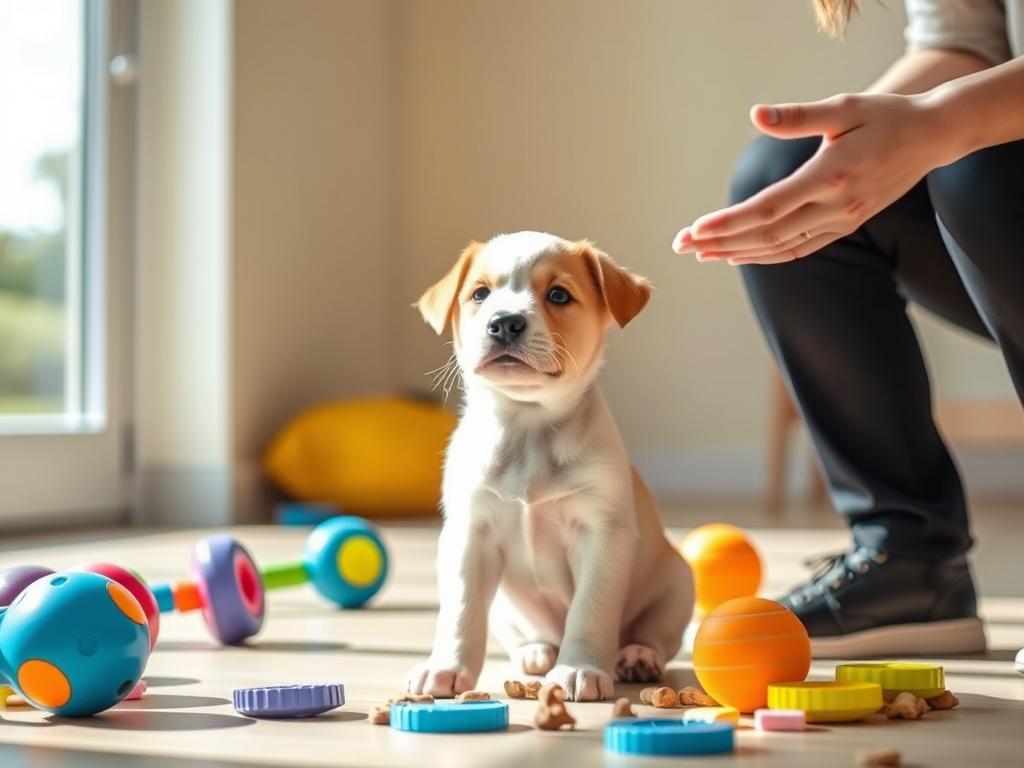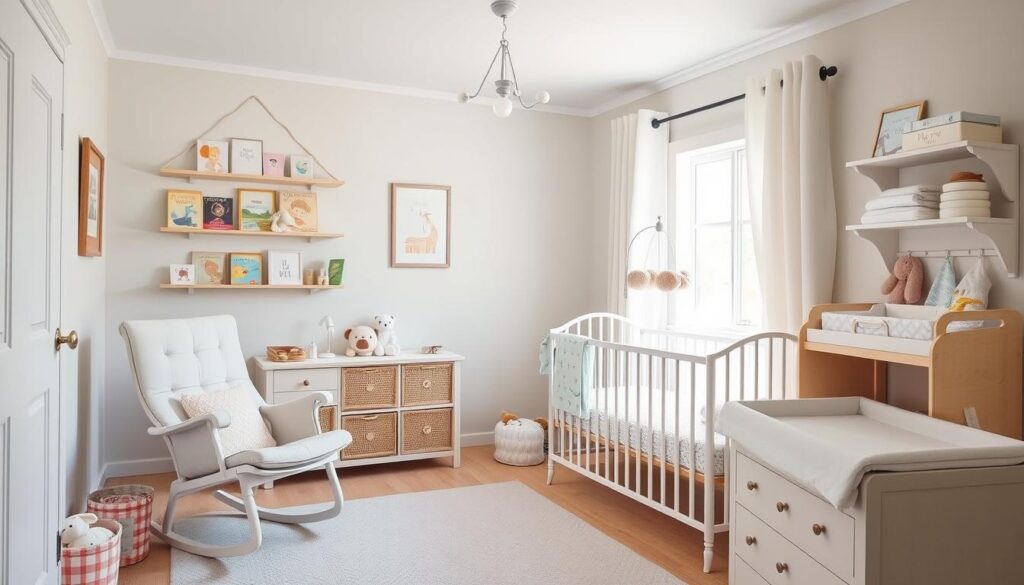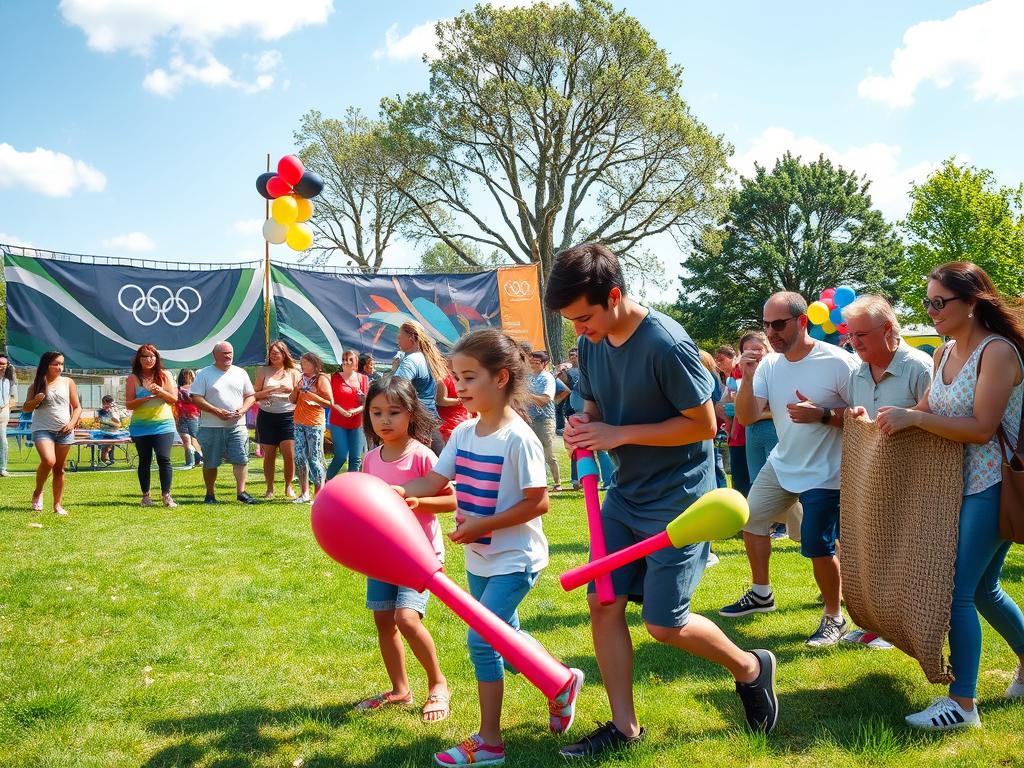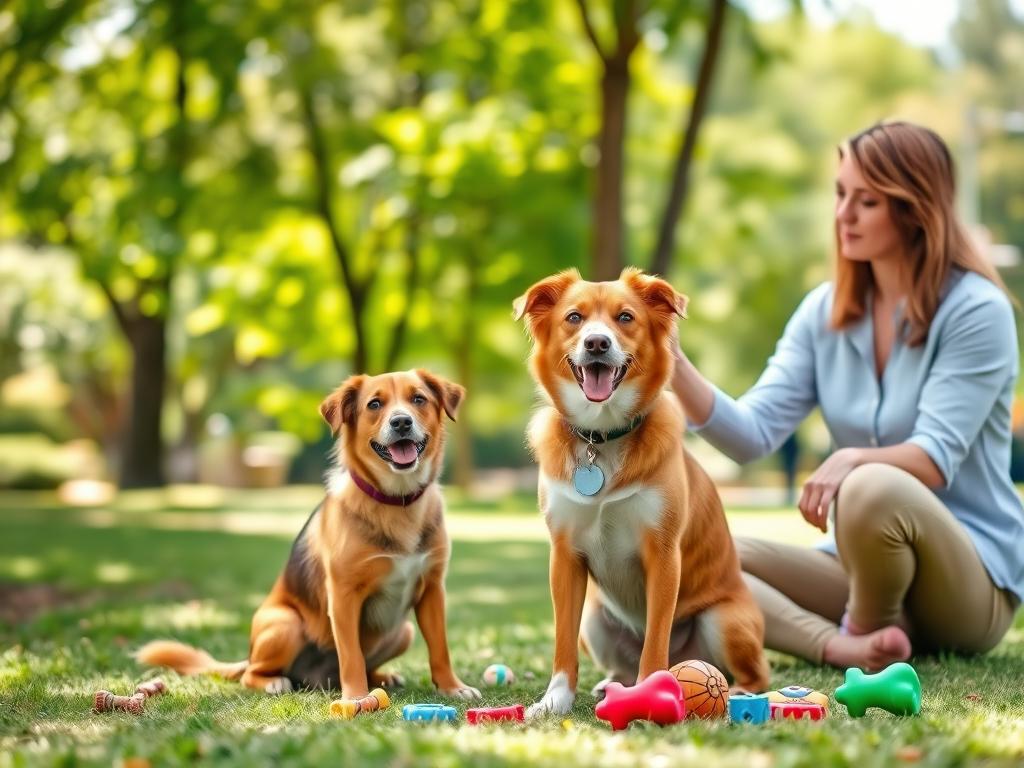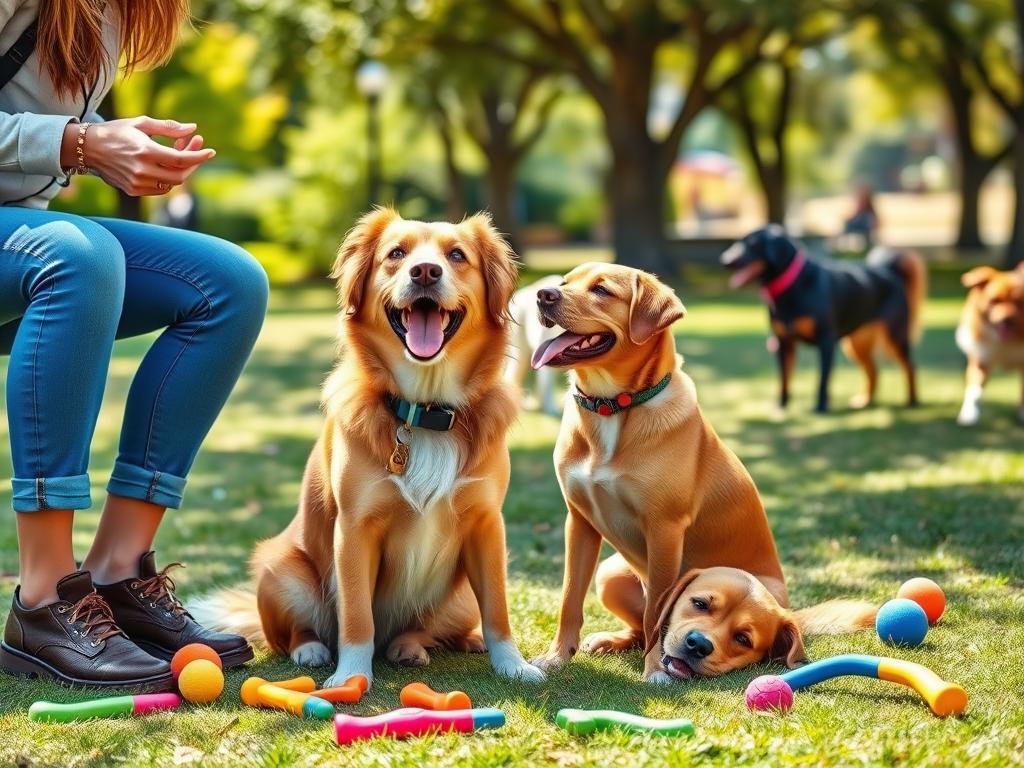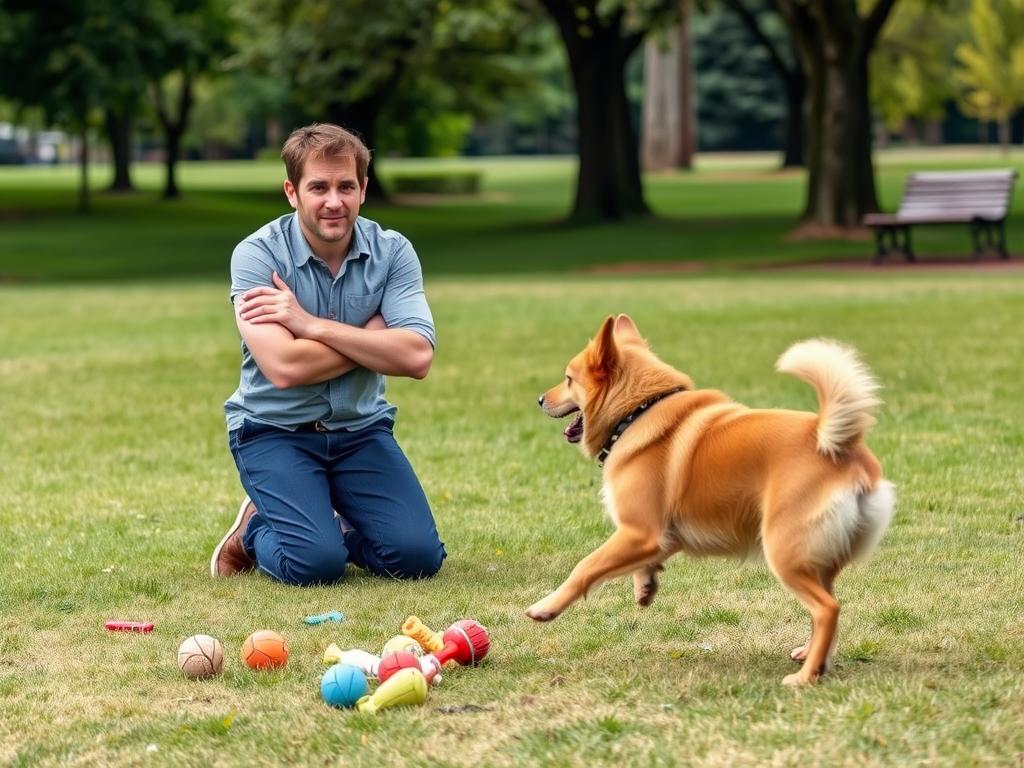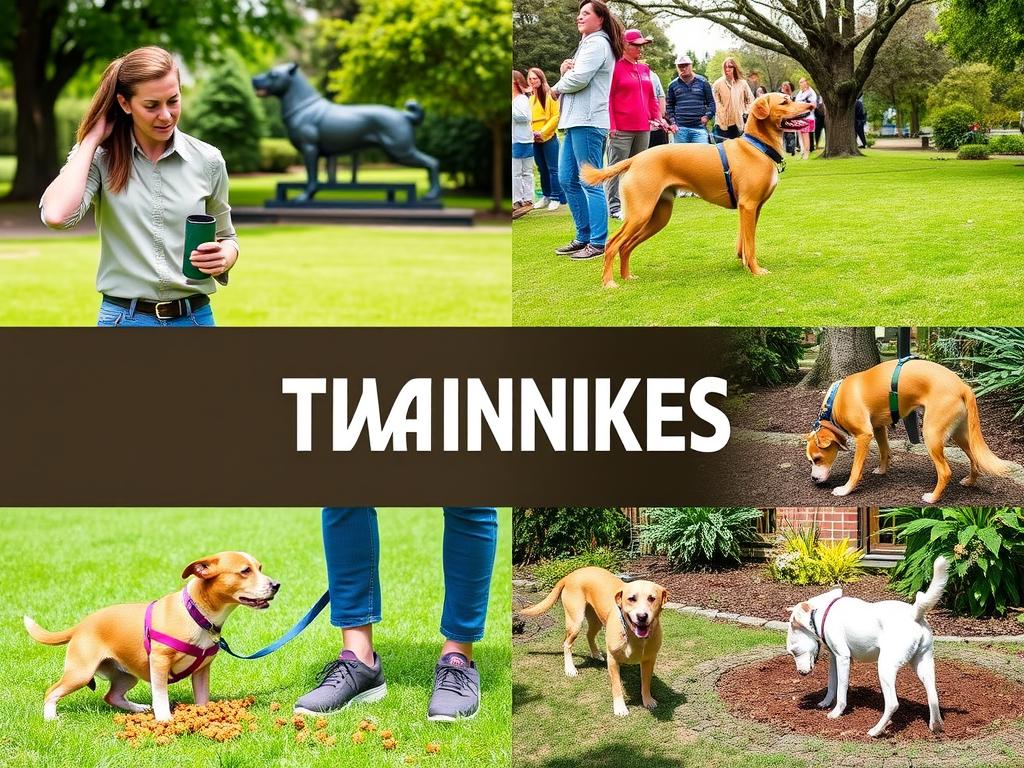Did you know that dogs who start training from a young age show significantly better obedience and are quicker to learn new behaviors compared to their adult counterparts? This underscores the importance of early intervention when it comes to puppy training. In this article, we’ll explore the fascinating world of obedience training and break down the techniques you can use to ensure your dog grows into a well-behaved companion.
From understanding why early training matters to mastering essential commands, we aim to equip you with all the tools and insights necessary for effective dog training. Whether you’re a new puppy owner or just looking for methods to reinforce obedience, the strategies discussed will help you establish a solid foundation for your dog’s future learning. Let’s embark on this rewarding journey together!
Key Takeaways
- Early training enhances obedience and eases behavior adoption.
- Puppy classes are ideal for dogs aged 3-5 months.
- Consistency in commands helps avoid confusion for puppies.
- Training should be fun and involve daily practice of basic commands.
- Dogs can earn their Canine Good Citizen (CGC) certification through proper training.
- AKC clubs offer various obedience training classes for different dog breeds.
Understanding the Importance of Train Your Dog
Early dog training plays a vital role in establishing a well-behaved companion. The importance of early dog training can’t be overstated; by starting at a young age, you set the stage for effective learning and good behavior. Puppies are remarkably receptive during their initial months, making this the perfect time to shape their behavior and social skills.
The Benefits of Obedience Training
Obedience training provides numerous benefits that improve both the dog’s quality of life and the owner’s experience. Key advantages include:
- Developing impulse control through commands like “sit,” enhancing the dog’s ability to wait patiently.
- Encouraging socialization by exposing puppies to various environments, such as traffic sounds and public transport, which builds confidence.
- Establishing boundaries during play, helping the puppy learn appropriate behavior, such as redirecting biting towards toys.
- Facilitating housetraining management, guiding the puppy on where to eliminate.
- Promoting a healthy independence by introducing crate training, allowing puppies to adjust to being alone.
Setting the Foundation for Lifelong Learning
Establishing a strong foundation for puppy training is crucial in fostering a long-term learning relationship. The most impactful progress occurs within the first three to four months of life, where trust and emotional bonds form. Consistent, positive-reinforcement methods accelerate this progression. As puppies grow, continuing to reinforce commands like “come,” “stay,” and “sit” helps maintain good manners throughout their age. This prolonged training creates well-adjusted adult dogs capable of adapting to various situations, proving the benefits of obedience training last a lifetime.
To discover more about refining your dog’s behavior around guests, view this informative article on effective training techniques for dog guests.
Choosing the Right Training Methods
Selecting effective training methods plays a crucial role in successful puppy training. Positive reinforcement dog training stands out as an approach that encourages desirable behaviors through rewards such as treats, praise, and playful activities. This method not only promotes enjoyment during training sessions but also minimizes fear and anxiety often associated with traditional training techniques.
Positive Reinforcement Techniques
Various positive reinforcement techniques are essential for fostering a positive learning environment for dogs. These include:
- Clicker Training: This method employs a clicker to mark the exact moment a dog performs a desired behavior.
- Treat-Based Training: Offering treats as rewards enhances motivation and reinforces learning.
- Capturing Technique: Rewarding dogs immediately after they naturally exhibit desired behaviors encourages repetition.
- Assisted Shaping: This technique rewards incremental progress toward the target behavior.
- Chain Training: Teaching dogs to perform a series of actions in sequence leads to a greater understanding of complex behaviors.
Understanding Your Dog’s Learning Style
Recognizing dog learning styles is vital for tailoring training sessions to be more effective. Dogs may be:
- Visual Learners: These dogs respond well to visual cues and gestures during training.
- Auditory Learners: Dogs that learn better through verbal commands and tones require clear, consistent communication.
Adapting training techniques to suit individual learning styles fosters a more engaging and successful experience. Communication must be clear and motivating, considering how dogs learn through various conditioning methods.

| Training Method | Description |
|---|---|
| Positive Reinforcement | Encouraging desired behaviors through rewards. |
| Clicker Training | Using a click sound to mark the correct behavior instantly. |
| Assisted Shaping | Rewarding small steps toward the target behavior. |
| Chain Training | Teaching a sequence of behaviors, rewarding at the end. |
| Behavior Adjustment Training (BAT) | Focused on addressing fear-driven behaviors through a positive environment. |
Essential Commands Your Puppy Should Learn
Training your puppy involves teaching them essential commands to ensure they develop good behavior and respond effectively in various situations. Starting with basic obedience training lays a strong foundation for advanced dog commands as your puppy matures. Consistent practice and positive reinforcement are key elements in this process.
Sit, Stay, and Come: The Basics
Young puppies can begin learning essential puppy commands as early as eight weeks old. Among the first commands to teach are “sit,” “stay,” and “come.” These commands enhance your control and help establish a respectful bond between you and your puppy. When training, it’s effective to utilize methods like capturing or luring.
- Sit: Wait for your puppy to sit naturally and reward them, or guide them with a treat.
- Stay: Gradually build duration and distance; start with short intervals and increase as they succeed.
- Come: Begin indoors in a quiet area and increase distance in a controlled manner.
Other Commands for Advanced Obedience
After mastering the basic commands, introduce your puppy to advanced dog commands that can be helpful in real-life situations. Training should continue as your puppy grows, ensuring they respond reliably in various environments. Incorporate advanced commands to enhance their behavior and reinforce the foundation laid during basic obedience training.
| Command | Description | Difficulty Level |
|---|---|---|
| Lie Down | Teach your puppy to lie down using luring or capturing techniques. | Intermediate |
| Leave It | Get your puppy to ignore distractions by redirecting their focus. | Advanced |
| Drop It | Encourage your puppy to release items in their mouth with a lure or reward. | Intermediate |
For comprehensive details on caring for your puppy, consider checking out essential tips for first-time dog owners. Remember to keep your training sessions brief, lasting about five to ten minutes, and end each session on a positive note. This practice keeps your puppy engaged and eager to learn more.
Creating a Training Schedule
Establishing a training schedule for puppies is crucial for effective dog training. A well-structured routine not only enhances learning but also instills a sense of stability in your puppy. Consistency in dog training serves as the backbone of developing good behavior, and incorporating enjoyable elements can lead to a more rewarding experience for both you and your furry companion.
Consistency is Key
Consistency in dog training ensures that your puppy understands expectations and commands. Short, frequent training sessions are recommended—aim for two 15-minute sessions daily instead of one longer session. This approach allows for better retention of learned behaviors and maintains your puppy’s interest. It is essential to establish a consistent environment and routine during these sessions.
Incorporating Play into Training
Integrating playful training methods can significantly enhance the learning process. Using positive reinforcement, such as toys or treats, motivates your puppy to participate during training. A rewarding experience fosters a stronger bond between you and your pet. Engaging in fun activities while training helps alleviate stress, making it a joyful time for both. Planning moments of play within the schedule not only aids in command reinforcement but also ensures your puppy associates training with positive feelings.
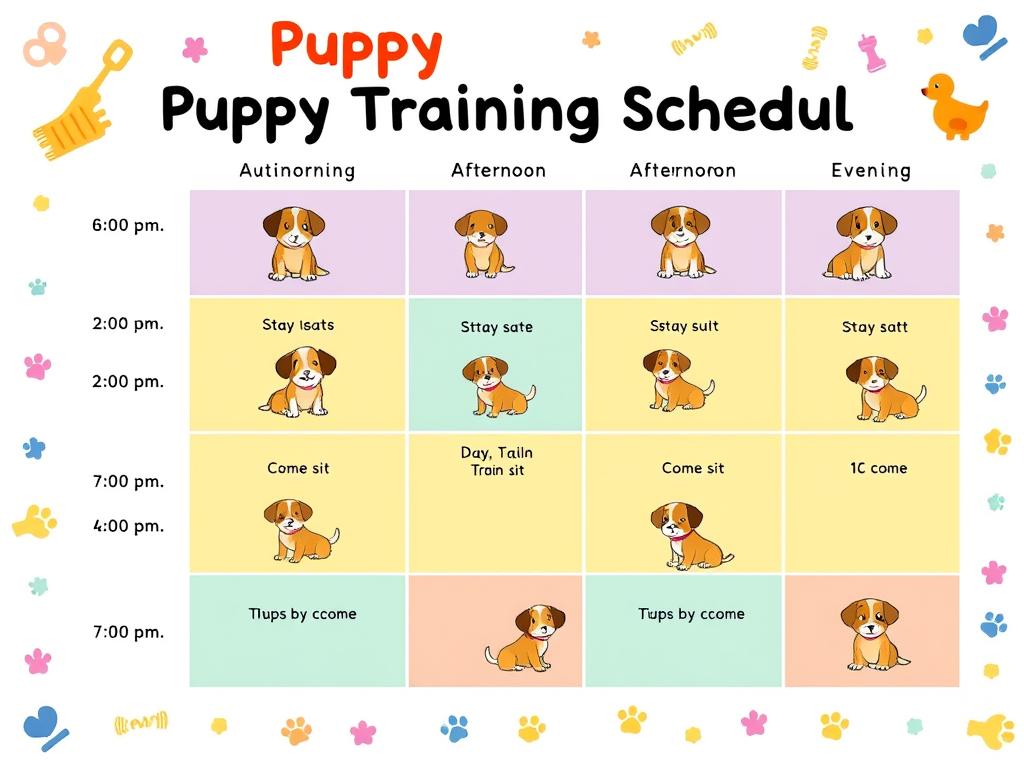
Socialization: A Key Component
Socialization plays a vital role in the early development of puppies, especially during the sensitive period from 3 to 14 weeks of age. Engaging in puppy socialization helps reduce anxiety, encourages confidence, and leads to well-adjusted adult dogs. Introducing puppies to new environments and various experiences will enable them to adapt more easily to the world around them.
Introducing Your Puppy to New Environments
Regular exposure is crucial for proper socialization. Puppies should be brought to new places at least twice a week to experience different sights, sounds, and smells. Habituation occurs when they repeatedly encounter stimuli, helping them become accustomed to various environments. Desensitization involves gradually increasing the intensity of stimuli, allowing puppies to approach unfamiliar situations calmly and confidently.
Meeting Other Dogs and People
Regularly meeting other dogs and people enhances a puppy’s social skills and ensures they develop positive interactions. Engaging in puppy socialization classes offers a low-risk environment for safe introductions. Puppies that experience early handling and interactions with various individuals tend to be more confident and sociable as adults. Continuous social interactions throughout their lives promote lasting relationships and well-rounded personalities.
For additional insights and tips on puppy socialization, refer to this resource on puppy socialization.
Overcoming Common Training Challenges
Training a dog can present various common dog training challenges. Understanding how to navigate distractions and behaviors are crucial for fostering a well-adjusted pet. Young dogs, especially, tend to be curious, making addressing distractions in dog training essential throughout their early development.
Addressing Distractions
Dogs in bustling areas like Portland often encounter numerous distractions during training sessions. Strategies such as gradually increasing the complexity of training environments can help. Using focus techniques, such as treats or toys, to capture your dog’s attention can improve concentration amidst distractions. Engaging in short, frequent training sessions allows you to maintain their interest while ensuring effective learning.
Dealing with Behavioral Issues
Correcting behavioral issues, like chewing and jumping, call for patience and consistent strategies. Chewing is a natural behavior in puppies, often needing redirection through chew toys. Establishing a solid routine, including regular potty breaks, helps tackle housebreaking issues, while positive reinforcement significantly enhances outdoor bathroom training. Issues such as leash pulling can improve with regular practice and appropriate tools, like harnesses, promoting better control.

Utilizing Professional Training Resources
Choosing to employ professional dog training resources can greatly assist in overcoming various training challenges. Recognizing the right time to consider hiring a trainer is important, especially when dealing with behavioral issues or striving for specific training goals. Engaging with professional services can streamline your training process, making it effective and efficient.
When to Consider a Trainer
Many dog owners may initially underestimate the amount of work involved in training a puppy. In fact, studies show that nearly three-fourths of dog owners implement a training plan, with some seeking the help of a professional trainer. If you find training your puppy to be overwhelming or more challenging than expected, it may be time to consider expert guidance. Trainers can provide personalized strategies suited to your dog’s learning style and behavioral needs.
Types of Classes Available
There are numerous options available when it comes to puppy training classes, which can cater to varying needs. Classes can be structured around the following:
- Group Classes: Popular among dog owners, these classes foster socialization and provide support in a communal environment.
- Private Sessions: Tailored one-on-one instruction allows for focused training strategies and personalized attention.
- Specialized Programs: These may include advanced obedience training or classes specifically designed for behavioral issues.
Professional training resources can effectively enhance the overall experience, making the process of puppy training not only manageable but enjoyable. Whether through group settings or individualized instruction, these classes provide vital tools and insights into the types of dog training available, helping owners achieve their training goals.
Maintaining Training as Your Dog Grows
Establishing a strong foundation in puppy training is only the beginning of a dog’s learning journey. As your dog matures, it’s essential to continue reinforcing dog commands consistently. This ongoing effort not only solidifies your pet’s obedience but also fosters a deeper bond between you and your furry friend. Adopting a lifelong approach toward training can help manage any unwanted behaviors that may arise as your dog ages, especially if their past experiences are uncertain, as might be the case with rescue dogs.
Reinforcing Commands Throughout Life
Studies show that consistent training from an early age can significantly enhance a dog’s behavior throughout its life. Implementing regular practice sessions to reinforce commands ensures that your dog understands what is expected even as they encounter new environments and situations. Integrating fun dog training activities into your routine can make training feel less like a chore and more like an enjoyable part of your day together.
Keeping Training Fun and Engaging
Research indicates that short, daily training sessions are preferable, as they prevent frustration and boredom for both you and your pet. Engaging your dog with varying methods will keep sessions lively and interactive, encouraging participation. By maintaining puppy training as a fun experience, you help build a positive association with learning and behavior modification, which is critical in mastering commands and enhancing your dog’s overall well-being. For more on effective methods, consider exploring various approaches to tackle excessive barking behavior; you can learn more here.

